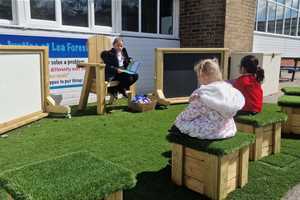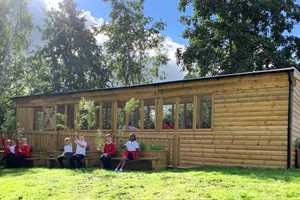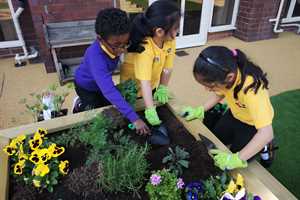
Outdoor Learning and Play
Outdoor Maths Games & Activities For EYFS!
Bring mathematics outdoors with fun and engaging outdoor maths activities for Early Years Foundation Stage (EYFS) children. Support your pupils in mathematics with exciting outdoor maths learning that includes challenges and games that stimulate the brain and encourage early years maths development.
Introduction to Outdoor Maths
Outdoor maths is an essential part of a child’s educational journey, providing a unique and engaging way to learn mathematical concepts. The outdoor environment offers a wealth of opportunities for children to develop their mathematical thinking, problem-solving skills, and creativity.
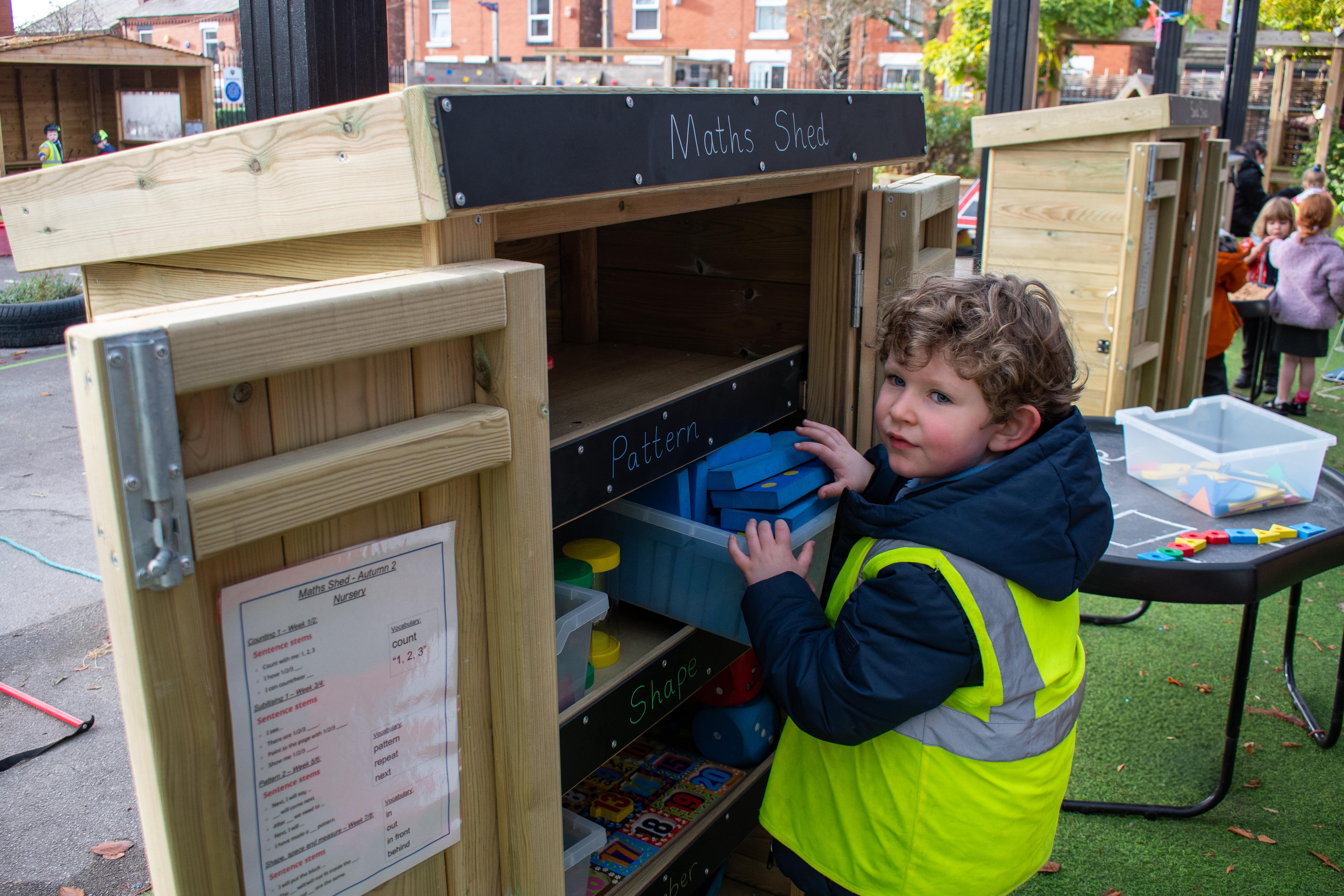
By incorporating outdoor maths activities into their daily routine, children can develop a deeper understanding of mathematical concepts and build a strong foundation for future learning. In this blog, we will explore the benefits of outdoor maths and provide ideas for creating a maths-rich outdoor space.
Methods To Encourage Children To Engage With Maths
Teaching children’s maths, especially in EYFS involves thoughtful approaches and practices. Let’s explore some effective methods and potential challenges that teachers can find:
Problem-Solving Skills
Encouraging children to think critically and solve problems through hands-on exploration of mathematical ideas is essential.
Teachers can use maths challenges that involves the outdoors by creating puzzles and patterns out of natural materials. These activities foster mathematical thinking and creativity.
- Concrete Materials: Use tangible objects like blocks, counters, or shapes to demonstrate mathematical concepts.
- Open-Ended Questions: Ask questions that encourage exploration and reasoning.
- Real-Life Context: Relate maths to everyday situations, such as counting objects during their outdoor lesson or measuring ingredients while baking.
Early Learning Goals
- Counting: Teachers focus on developing children’s counting skills. They use counting rhymes, songs, and visual aids to reinforce number sequences. They also encourage children to identify and engage with different natural objects for counting and creating patterns.
- Subitizing: Subitizing is recognising the number of objects without counting. Teachers use dice, dot patterns, and ten frames to help children quickly recognise small quantities.
- Shape Recognition: Introduce basic shapes through play and exploration.
- Measurement: Teachers engage children in measuring activities using non-standard units (e.g. comparing lengths with blocks) and later introduce standard units (e.g., centimetres).
- Patterns: Explore patterns through art, music, and movement.
Even though there are many different ways to engage your children with maths, it’s important to also know the challenges that can occur.
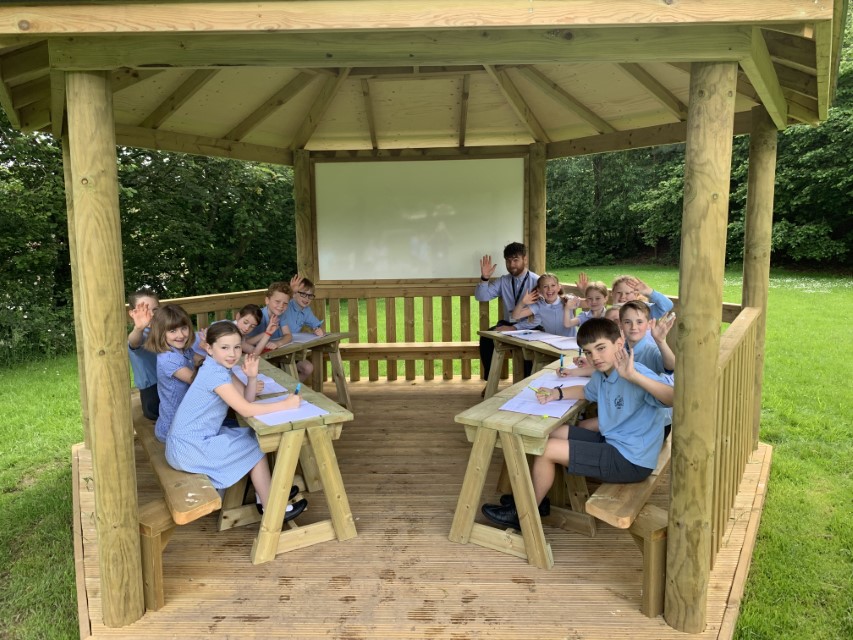
Challenges with Children’s Attention Spans
- Limited Focus: Younger children have shorter attention spans. Teachers need to plan short, engaging maths activities and vary the learning environment to maintain interest.
- Distractions: Noise, visual stimuli, and other distractions can divert children's attention. Creating a calm and organized classroom helps minimize distractions.
- Individual Differences: Children vary in their ability to sustain attention. Some may need more breaks or movement breaks to refocus.
- Active Learning: Incorporate movement, hands-on activities, and interactive games to keep children engaged.
- Visual Cues: Use visual cues (e.g., timers, visual schedules) to help children understand the passage of time and manage attention.
Remember, teaching mathematics to young learners requires patience, creativity, and adaptability. By using evidence-based approaches and understanding individual needs, teachers can support children's maths development effectively.
The Role of the Adult
The role of the adult is crucial in supporting children’s mathematical development in the outdoor environment. Adults can facilitate an environment rich in opportunity for mathematical play, encourage children to explore and learn, and provide a solid structure to support their learning.
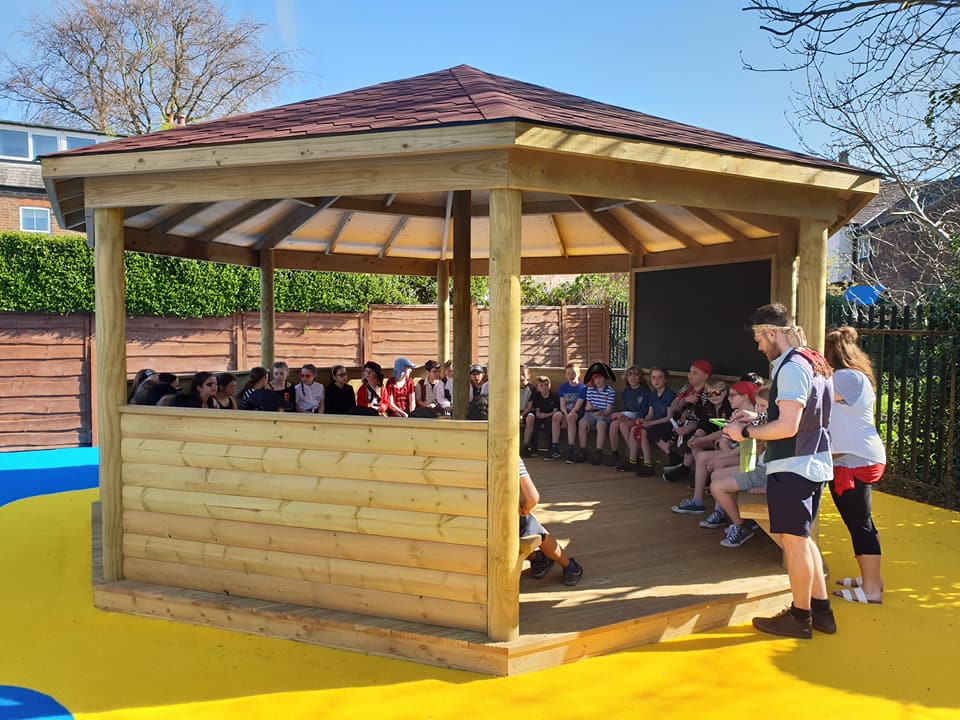
By being a co-player and engaging with children in outdoor maths activities, adults can help children develop their mathematical thinking, problem-solving skills, and creativity. Adults can also use the outdoor environment to introduce, model, and reinforce mathematical concepts, making learning fun and engaging.
How Incorporating Outdoor Maths Activities Could Be Useful For Your Pupils
Utilising the outdoor area can have numerous benefits for keeping pupils engaged and making maths enjoyable. Let’s explore some of the advantages of outdoor maths activities:
Active Learning Through Play
Games and activities on the playground provide an opportunity for hands-on learning. When children engage with their outdoor environment and outdoor space, they actively explore and manipulate materials, fostering a deeper understanding of mathematical concepts.
One of the best outdoor maths resources for this would be Pentagon Play's 1-49 Snakes and Ladders Playground Marking, encouraging children to problem solve, use mathematical thinking, and recognise numbers as they play!
.jpg)
It is also a great resource to encourage children to investigate mathematics further and help children understand addition, multiplication, and division.
For instance, games involving counting, patterns, and shapes encourage mathematical problem solving while children have fun. Pentagon Play has a wide range of Playground Markings to help children with counting and shape recognition such as 0-20 Number Snake, 1-100 Number Grid or, even Pentagon Play's 1-20 Shapes Playground Marking.
Each Marking creates a fun and exciting way of engaging in maths outdoors while learning about numbers and shapes while being active.
Zoltan Diene’s Approach
Mathematician Zoltan Diene believed that games and outdoor play could improve mental health and promote effective learning in children. He advocated for a shift away from dry, abstract math ideas towards playful exploration.
Diene observed that children naturally classify, order, and transform objects during play. These stages align with his theory for learning mathematics, his maths ideas were:
- Free Play: Initial exploration and trial-and-error with materials.
- Rules of the Games: Identifying regularities and creating rules.
- Comparison: Comparing games and articulating discoveries.
- Representation: Using visual aids (charts, diagrams) to anchor patterns.
- Symbolisation: Mapping ideas and developing a language around games.
- Formalisation: Applying learned concepts to test and prove theories.
Improved Outcomes
According to an Ofsted study, hands-on activities (such as those found on playgrounds and outdoor play) lead to better achievement, standards, motivation, personal development, and behaviour among pupils and students.
Math-Infused Playground Markings
Playground surfaces with thermoplastic markings can incorporate numbers, letters, shapes, and patterns. As above Pentagon Play has a fantastic range of Playground Markings: 1-10 Caterpillar, 0-20 Number Snake, 1-100 Number Grid, 1-20 Shapes, and more!
Hopscotch games improve counting skills, while alphabet markings aid in letter recognition and spelling practice during outdoor play. Pentagon Play has numerous individual or group Hopscotch Playground Markings to choose from.
In summary, integrating maths activities into playtime on the playground not only keeps pupils engaged but also makes learning enjoyable and memorable.
Outdoor Maths Activities
Engaging young children in maths outdoors is not only fun but also helps them develop mathematical concepts through hands-on experiences. Here are five delightful outdoor math activities suitable for EYFS children:
Number Games Involving Counting
Play classic games like “Hide and Seek” or “What Time Is It, Mr. Wolf?” outdoors. These games are guaranteed to be your children's favourite outdoor maths activities!
Pentagon Play has an outdoor Mr. Wolf Playground Marking that could be incorporated into children's everyday outdoor play activities, as well as encouraging mathematical and physical activity during playtime.
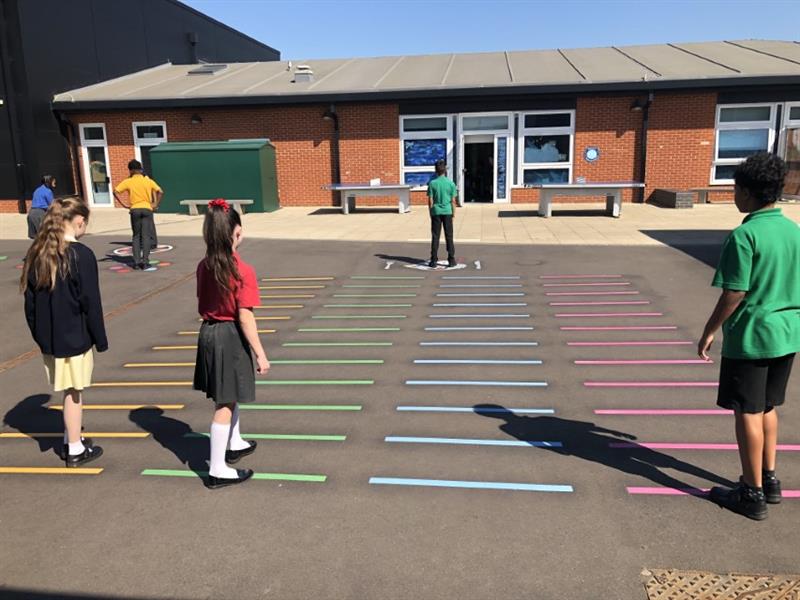
Other maths ideas are: Create a target on the ground using chalk or mud. Children can throw bean bags or balls onto the target and name the number they land on or count the points they score. Pentagon Play also provides a range of Targets that are wall-mounted for children to play with. Such as:
Pentagon Play's Goal Target - developing hand-eye and foot-eye coordination as children use balls or bean bags to hit their target numbers while counting in 10's (10-40).
Pentagon Play's Shapes Target - where children can target shapes, or numbers ranging from 1-6 or numbers counting in 5's (5-15).
Pentagon Play's Number Target Playground Marking - which can help children re-engage with numeracy lessons by learning about addition, subtraction, division, and multiplication while developing key skills such as coordination and hand-eye coordination, while they have fun during their outdoor play!
Other outdoor maths challenges, such as Skittle games, allow children to count the number of Skittles they knock down providing practice in subtraction skills.
Ten-Frame or Five-Frame Maths Activities
Set up an outdoor frame using sticks or chalk on the ground. Arrange natural objects (such as leaves, pebbles, or sticks) onto the frame. Pentagon Play's Outline Shapes Playground Marking could be a lovely addition to this children's maths exercise, where children can arrange their materials in each of the 5 different shapes, therefore learning to categorise objects whilst learning about different shapes.
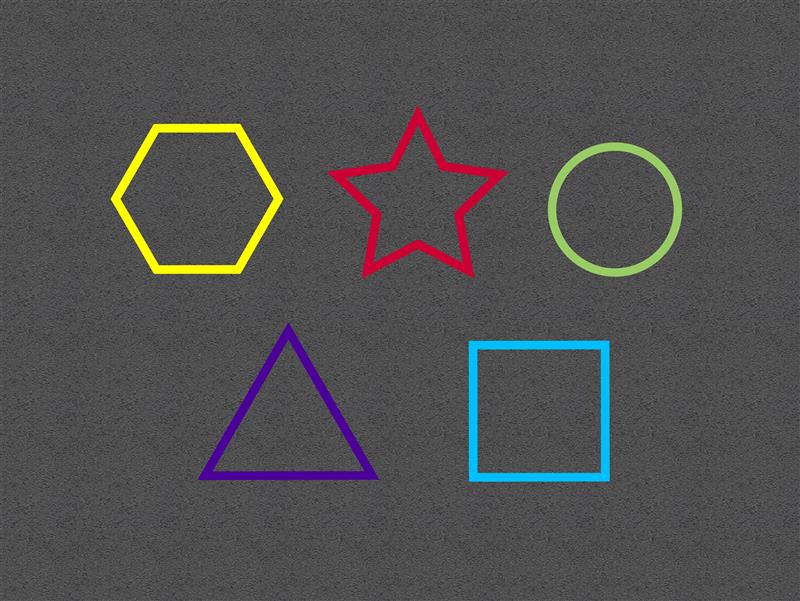
Children can explore different maths ideas and arrangements, count the items, and practice addition and subtraction using the frame.
Numbers in the Outdoor Environment
Display natural numbers (e.g. written on stones or wooden blocks) outdoors. This is a lovely outdoor maths EYFS activity that encourages children to notice these numbers and count objects they find outside, matching them to the numerals.
Attach simple number flashcards to bikes or cars within the setting. Children can park the bikes in corresponding spaces or arrange them in order.
Writing Numbers Creatively
Use the environment and natural objects to inspire number formation:
- Write large-scale numbers in chalk on the ground.
- Create numerals using sticks in mud.
- Arrange sticks and stones to represent numerals.
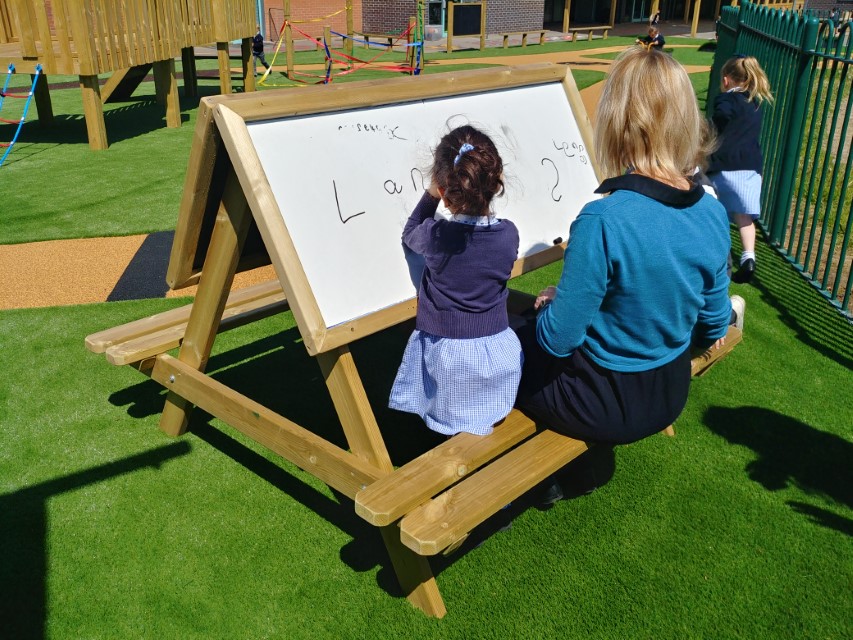
Use paintbrushes and water to form numbers. Pentagon Play's Scribble Boards or Essential Range Group Art Easel would be the perfect resources, for children to use when doing outdoor maths activities such as painting numbers with water. Allowing children to work collaboratively whilst learning about numbers.
Mathematical Language Opportunities
Outdoor mathematical activities should encourage children to use mathematical language:
- Discuss the growth of bean plants that have been planted in one of Pentagon Plays Planters (“How many bean plants are growing?”, “How tall in centimetres is it?” etc.)
- Compare quantities in one of Pentagon Play's Mud Kitchens (“Are there more bowls or spoons?”, “How many cups of water fill the bowl?” etc)
- Explore simple addition and subtraction scenarios (“If I add one more stone to this pile, how man would there be?)
Remember, the outdoor learning environment provides abundant opportunities for children's maths such as mathematical exploration, problem-solving, and sensory experiences. Let's make maths fun and engaging for our little learners!





